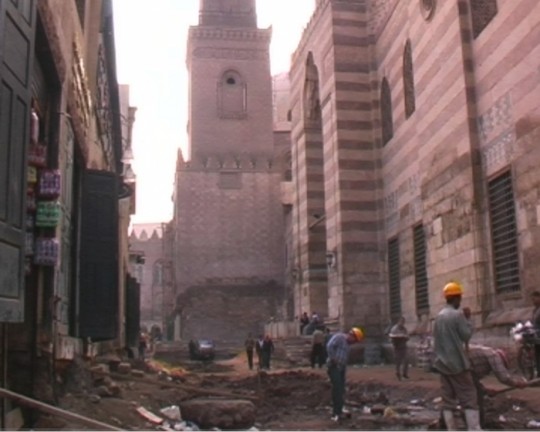Two years ago I read a book by Tarik Ali, describing the history leading up to the present situation in the Middle East. Coming from Lahore in Pakistan, he is describing events from that specific point in the world. The reader also imagines herself in that position. The circles then gets wider and wider: Afghanistan, Iran, Iraq, Turkey, and Palestine.
When he comes to speak about Egypt and president Nasser something happened to me. I realized that this is the first name I can recall from any news I heard on the radio as a child: Nasser and the Suez Canal. In those days they established in me an idea about some kind of political reality, that came to live in a parallel universe, beside images from British colonial culture, the Bible and 1001 Arabian Nights. When I started to study the history of the Middle East, a political storyline was added to my understanding, but romantic representations did not go away. To visit real Cairo added even another reality, witch seemed to have little to do with any of my preconceived conceptions.
But in Cairo I did see The North West from another position, and it was the same thrill as when I read Tarik Alis book, namely to realize that stories I grew up with always were told from a perspective that were rooted in a geographical position in the world. I had never, until I read Tarik Ali's book, looked at history from a position that was not the West.
Unni Gjertsen
The video was recorded in Cairo, December 2006.
Director: Unni Gjertsen
Photograpfer: Jannicke Låker
Produced with support from Iaspis
The wall painting is a quotation from a recent book by Barry Turner, Suez 1956 the inside story of the first oil war. The language expresses a surprisingly beautifying description of war crafts. In spite of that, the horrors on ground are easy to imagine, and even more so, I think, when the text is taken out of the original context.

